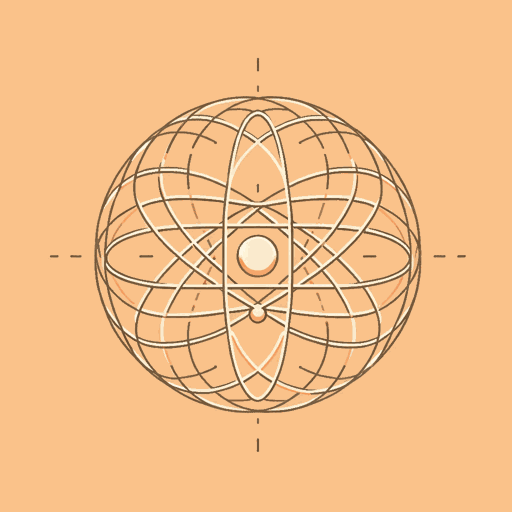61 pages • 2 hours read
Richard RhodesThe Making of the Atomic Bomb
Nonfiction | Book | Adult | Published in 1986A modern alternative to SparkNotes and CliffsNotes, SuperSummary offers high-quality Study Guides with detailed chapter summaries and analysis of major themes, characters, and more.
Part 1, Chapters 5-9Chapter Summaries & Analyses
Part 1: “Profound and Necessary Truth”
Chapter 5 Summary: “Men from Mars”
By the early 20th century, rapid industrialization has helped Hungary become more prosperous, if scientifically still a backwater. Dominant among its professional classes are Jewish families, from whom come seven of the century’s greatest scientists: Theodor von Karman, George de Hevesy, Michael Polanyi, Szilard, Eugene Wigner, John von Neumann, and Edward Teller. Wigner and Hevesy will win Nobel Prizes. All are so weirdly smart that one physicist quips that “these people were really visitors from Mars” (106). After World War I, Hungary suffers severe political upheavals and several governments; in late 1919, under Admiral Nicholas Horthy’s government, anti-Jewish laws go into effect. By the late 1920s, most of the seven young scientists have left the country, and science has become their passport.
Bohr opens his Institute for Theoretical Physics in 1921. The following year, he receives a Nobel Prize and makes a new major discovery. Bohr explains that electrons arrange themselves in orbital shells around atomic nuclei, and that this determines their chemical properties. Different atoms whose outermost shells have the same number of electrons will tend to be chemically similar. Bohr predicts that element 72, when discovered, will behave like zirconium and not in the different manner expected by chemists.


